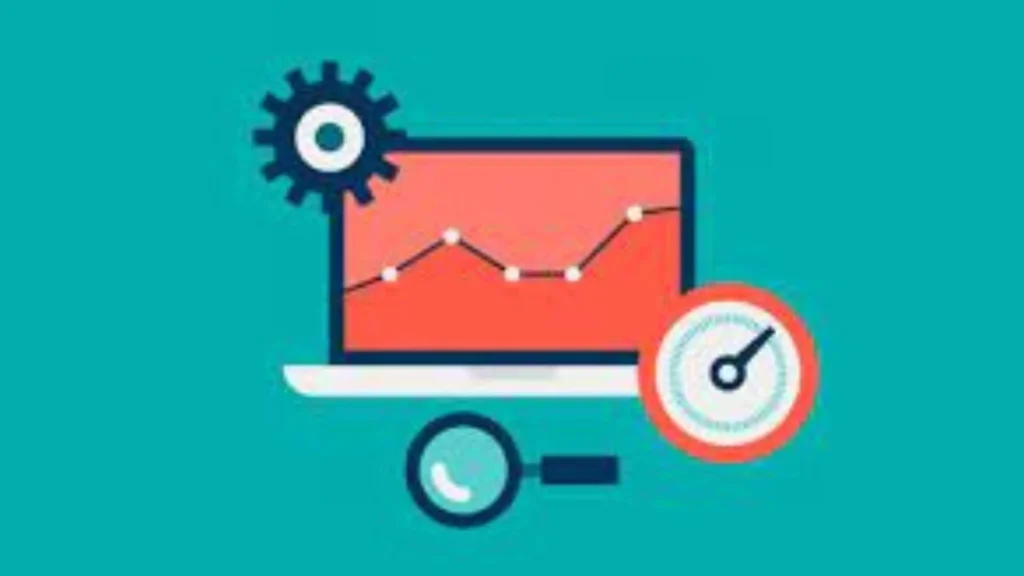Here’s a stat that might surprise you: Over 53% of mobile users abandon a site if it takes more than 3 seconds to load. That’s just three seconds, and it’s enough to lose users, revenue, and brand trust.
In today’s fast-moving digital world, application performance and scalability aren’t just technical concerns. They’re business imperatives. And, it doesn’t matter if you’re a fintech startup or a global e-commerce brand, your app must load fast, run smoothly, and handle thousands or even millions of users at once.
But what happens when it doesn’t?
Slow response times, random crashes, and poor user experiences can sneak up and damage your product’s reputation. That’s exactly where the use of performance engineering comes in. It’s more than testing, it’s about making your application strong, stable, and future-ready from the inside out.
Let’s break it down in the simplest way possible.
What Is Performance Engineering?
At its core, performance engineering is the proactive process of designing, developing, and optimizing software to ensure high performance, right from the start. Unlike performance testing, which usually happens late in the development cycle (just before release), performance engineering is integrated throughout the Software Development Life Cycle (SDLC).
That means instead of just finding problems, it helps prevent them.
Think of it like going to the gym regularly versus waiting for a health scare to see the doctor. One builds long-term strength, while the other only treats symptoms.
What’s the Difference Between Performance Testing vs Engineering?
| Performance Testing | Performance Engineering |
| Happens late in SDLC | Integrated into every SDLC stage |
| Finds existing issues | Prevents and eliminates issues before they appear |
| Measures speed & load | Designs for optimal speed, load, and scale |
| Short-term fix | Long-term strategy |
Also Read: What Is APM? How It Helps You Detect and Solve Application Issues Faster
Core Components of Performance Engineering
So, what actually goes into making an app faster and more scalable? Here are the four pillars:
- Workload Modeling
You simulate real-world usage patterns of your app. Who uses it? How often? During which times of the day? This helps plan for actual user loads rather than just guessing.
- Performance Bottleneck Analysis
Identifies exactly where the system slows down, whether it’s the database, server memory, third-party APIs, or inefficient code.
- System Tuning
Here, developers and engineers fine-tune application layers, front-end, back-end, and infrastructure, to maximize speed and responsiveness.
- Capacity Planning
This ensures your system can scale as your user base grows. Whether you expect 1,000 users or 10 million, capacity planning ensures your infrastructure can handle the pressure without breaking down.
Also Read: How Application Performance Engineering Works
Real-World Use Case: A Fintech App with 10 M+ Users
Let’s imagine a real situation.
A leading fintech app serving over 10 million users in India faced constant crashes during high-traffic events like salary day and IPO openings. The app’s slow response times were causing abandoned transactions and angry customer reviews.
They turned to performance engineering experts like Avekshaa Technologies for help.
Here’s what happened:
- Engineers conducted bottleneck analysis and discovered database locking issues and inefficient thread usage.
- They applied workload modeling to simulate payday traffic surges.
- After system tuning and capacity planning, the app not only ran 2x faster but also scaled to handle 30% more users during peak times, without adding more servers.
The result? Fewer crashes. Happier users. And a 25% improvement in transaction success rate.
Also Read: Application Performance Engineering in Telecom
Business Benefits of Performance Engineering
Now let’s talk about the bottom line. How does this technical magic translate into real-world value?
- Improved User Experience: Users expect speed. Deliver it consistently, and they stay longer, spend more, and come back often.
- Faster Time-to-Market: Since performance issues are handled during development, less rework is needed later. That means quicker releases.
- Reduced Downtime: By planning for high-concurrency and high-traffic scenarios, performance engineering reduces unplanned outages and costly downtime.
- Optimized Cloud Costs: Better resource planning means you don’t overpay for extra servers or bandwidth. You only pay for what you really need.
When Do You Need Performance Engineering?
Not sure if your app needs help? Watch out for these signs:
- Frequent slowdowns during high traffic
- Crashes during peak hours
- Low app store ratings due to “laggy” experiences
- Infrastructure costs rising but performance still lags
- You’re scaling up but worried if the app can handle it
If you said yes to any of the above, it’s time to think about your performance strategy.
Also Read: 5 Reasons Why Visionary CTOs Engage With Performance Engineering Experts Early in SDLC
How We Help: Our Performance Engineering Approach
At Avekshaa Technologies, we don’t just fix problems. We help you avoid them altogether. Our specialized performance engineering services are built to support:
- High-concurrency application performance
- App slow response fix
- Speed optimization for legacy and modern platforms
- SDLC performance integration for DevOps teams
We’ve helped clients across fintech, telecom, healthcare, and more to boost app performance by up to 50%, while also cutting infrastructure costs. And we don’t stop at fixes. We design systems that grow with you.
Final Verdict
In a world where attention spans are short and users have choices, you can’t afford a slow or unscalable app. Performance engineering isn’t just a technical fix. It’s a business growth strategy. It ensures your app is ready for today’s users and tomorrow’s demand.
So, the next time you hear someone ask, “Why is the app so slow?” Remember, it’s not just about testing anymore. It’s about engineering performance right into the DNA of your application. Let’s build high-performance apps together, before slow becomes a serious problem.
Also Read: Why Application Performance Testing Is Even More Important Now
Want to Eliminate Speed Issues Before They Become Bottlenecks? Let’s Talk.
We’re here to make sure your app doesn’t just work, it thrives under pressure. If you’re dealing with scalability issues or just want to prevent future problems, we can help.
Let’s build faster, smarter, and stronger software together.
Frequently Asked Questions (FAQs)
- What’s the difference between performance testing and performance engineering?
Performance testing is like checking your car’s speed on a track, it tells you how it performs. Performance engineering is designing the car itself to go faster, smoother, and longer. One checks; the other improves.
- When should performance engineering be introduced in the SDLC?
Ideally, from day one. The earlier it’s introduced, the more impact it can have. Waiting until the final phase often means costly rework.
- How can performance engineering reduce cloud costs and improve scalability?
By optimizing how your app uses resources like CPU, memory, and bandwidth, performance engineering helps you use less to do more, saving on cloud bills while increasing your ability to scale.
- Can performance engineering help fix slow-loading applications?
Absolutely. It not only identifies why your app is slow but also applies tecPerformance Engineeringhniques like code optimization, caching strategies, and load balancing to fix the root causes.
- What tools are commonly used in performance engineering?
Tools like JMeter, LoadRunner, Dynatrace, New Relic, and AppDynamics are popular. They help monitor performance, simulate load, and spot issues early.


